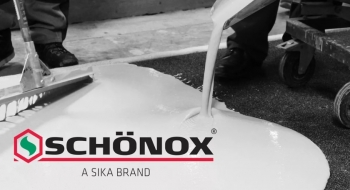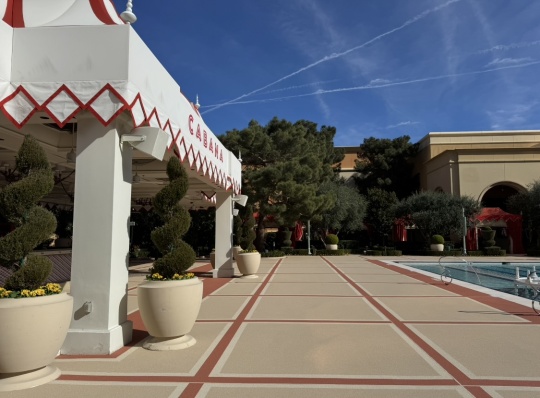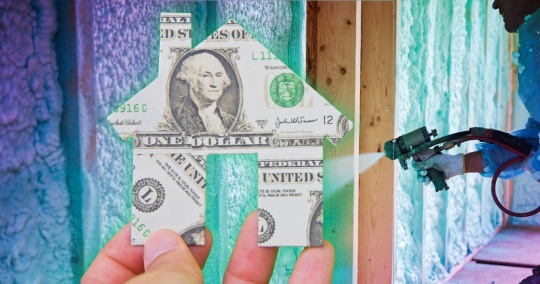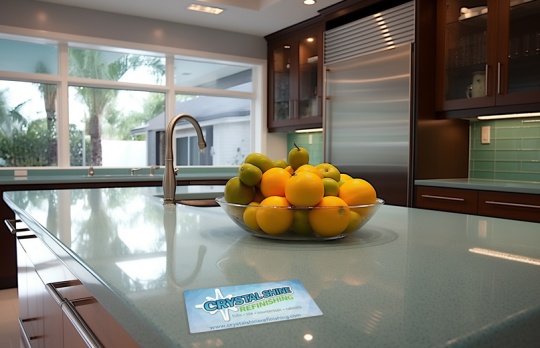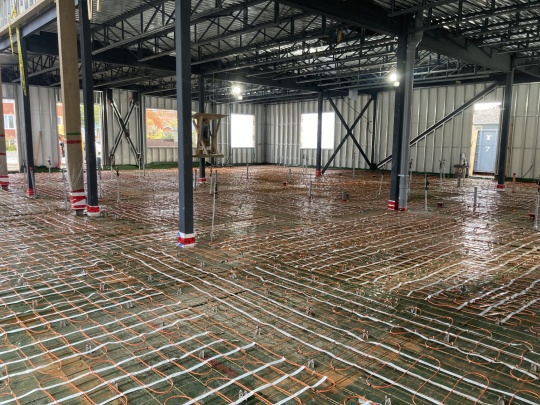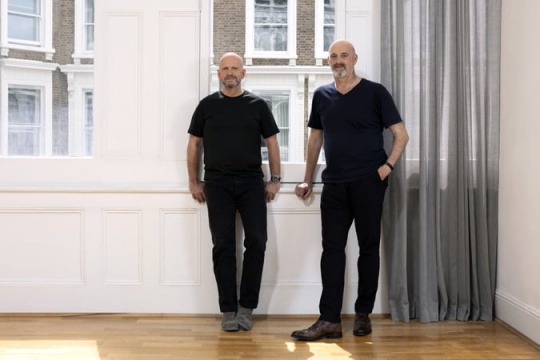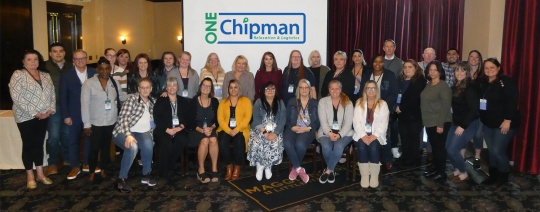
When it comes to hospitality projects, success depends on control, visibility, and precision—and that’s what you get with Chipman Relocation & Logistics. As an asset-based company, located in San Diego, Los Angeles, San Francisco, Sacramento, Portland, and Seattle, we don’t just manage logistics—we own the process from start to finish. With strategically located warehouses, dedicated resources, and experienced crews on the ground, Chipman delivers a level of accountability and responsiveness that third-party providers simply can’t match. Whether you’re opening a new hotel, remodeling a location, or managing a multi-site commercial rollout, our integrated Warehouse Management System (WMS), WhseIQ keeps your...




